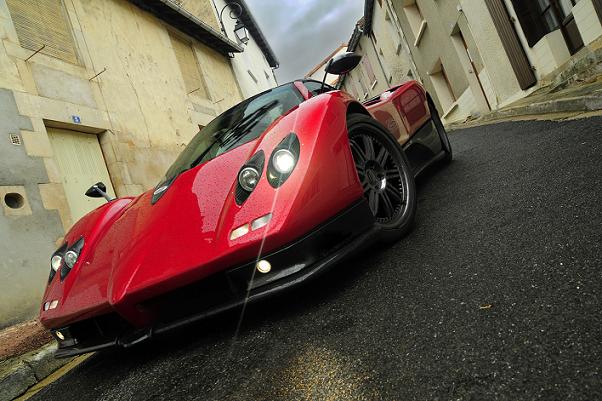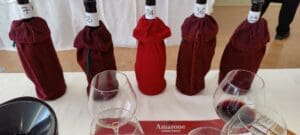In life, nothing can be better than having things for free. This blessed kid (i.e. me) has a pair of friends (Mr. C & Mr. R) who are very generous with their regular uncorking of wines such as Pian Delle Vigne and Léoville Poyferré. Needless to say, I shamelessly turned up for their drinking invites when I could.
For close to two decades the duo have contributed to the GDP of local and foreign markets, buying cases of iconic wines whenever available. Mr. R was luckier, he took every opportunity to travel and visit wine regions to perform his own reviews on perceived quality in the market.
Many weeks back we had a drinking session and the two gentlemen went into a debate over wine style. The subject, Sangiovese. Grape of Tuscany, famous for its form in Chianti, Brunello, Vino Nobile and the likes. According to Mr. R, wines back in late 80s featured less extract, controlled oak influence and lower alcohol intensity but most wine makers today went into ‘rubbish‘ making to suit the current market with high extract and extensive amount of oak.
Perhaps there is so much alcohol, it might actually power a Pagani Zonda.
The market is a dynamic ecosystem and not driven by a single négociant, wine maker or consumer. But of course exceptions are made for Robert Parker Jr. and other notable scorers. Like fashion brands, producers have struggled to achieve style balance between identifying with a place and at the same time, trying to distinguish and differentiate from competitors. Take Marlborough Pinot Noir and its fruit forwardness, going outside this circle of trust can make it be seen as poorly made and drive the vineyard to untimely doom.
End of the day, it is dough that ensures livelihood. History tells us that most great artists didn’t live glamorous in their life time. Evidently that was the most well-remembered lecture. Love it or hate it, there are times when wine makers have to throw in their towels and move with demand. The globalisation effect over last decade had opened up much more market than before, each market with their own preference of alcohol style. Making one wine that suits them all either requires the power of Sauron and Chateau Mordor, or is next to impossible.
Looking forward, many writers had pointed out that the next demand for wine in China (Eff-ing huge market) will be shaped by graduates from the Western world. Coming of age and entering the society, these graduates will bring (grape) wine drinking culture into their social functions. However cultural shaping is a long and enduring process, much akin to the maturing of fine wines. Assuming the majority prefers the less intensive and less fruit driven wine (old world style as we used to know), a shaping process of 10 to 15 years and the market might adjust itself back to the old ways.
Only the most adaptable wine makers will stand the test of time and bring back the style that Mr. R longs for. In the mean time, I shall be the most adaptable wine drinker going for one and all.
Image of Pagani Zonda is from Wikipedia, licensed under Creative Commons.
Article was first published on sgwine.wordpress.com




